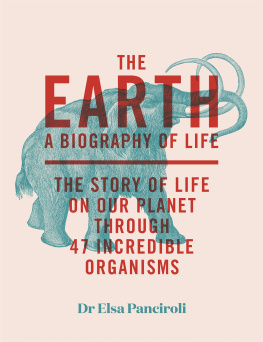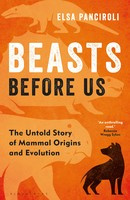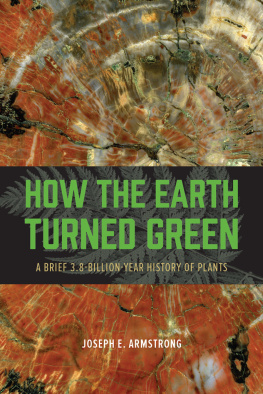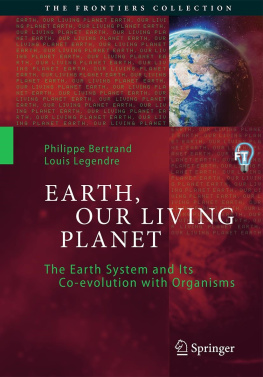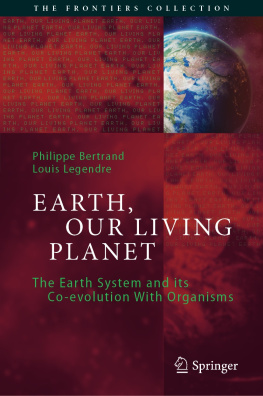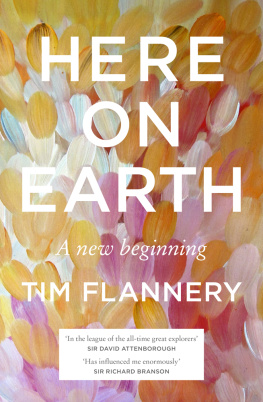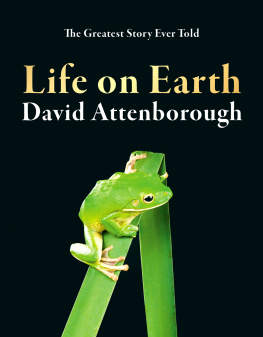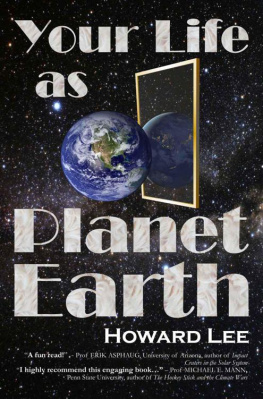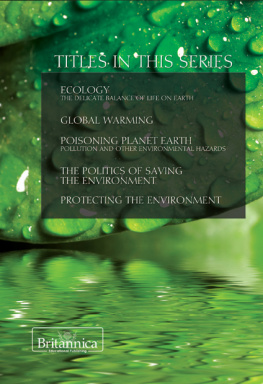Contents
Guide
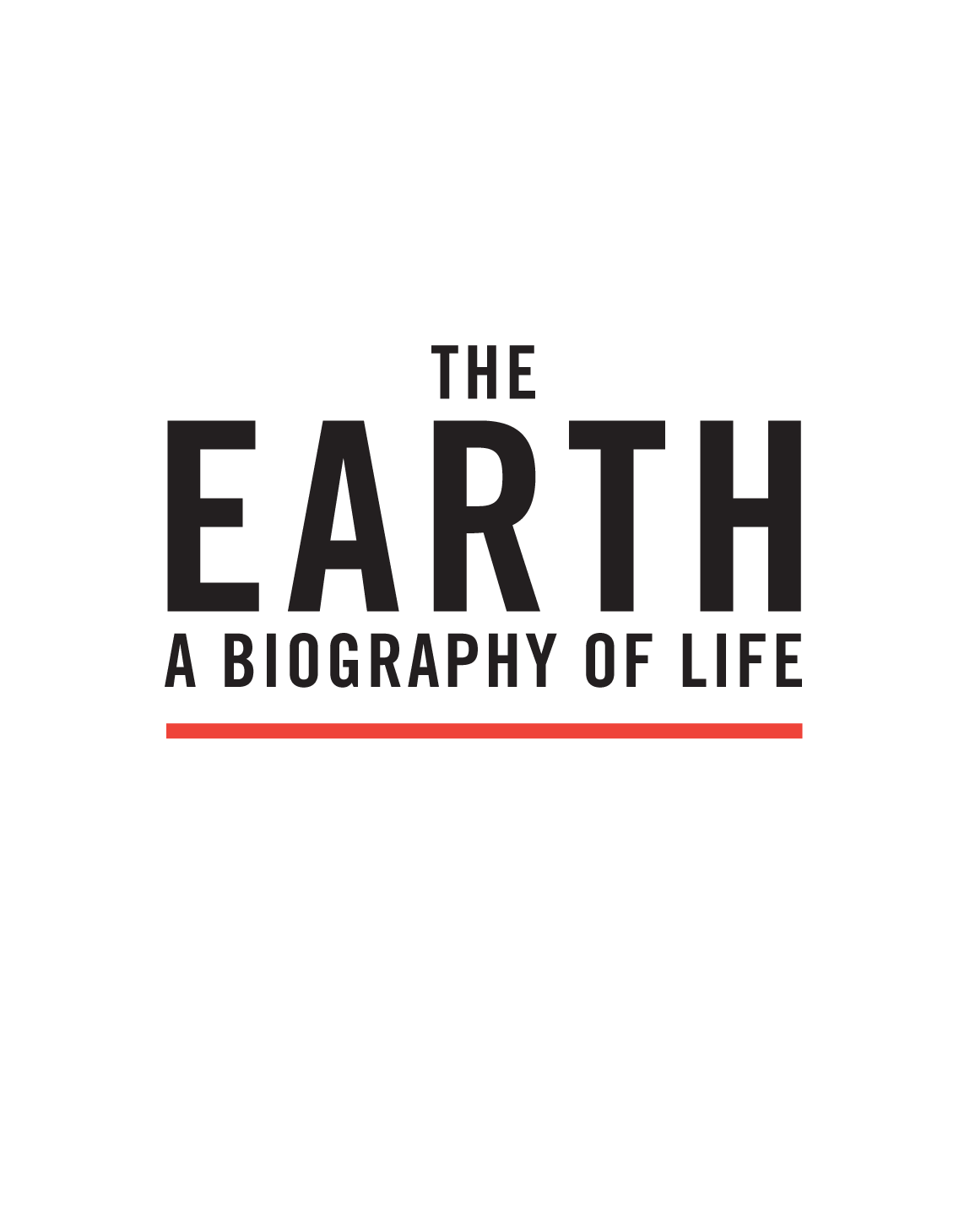

CONTENTS
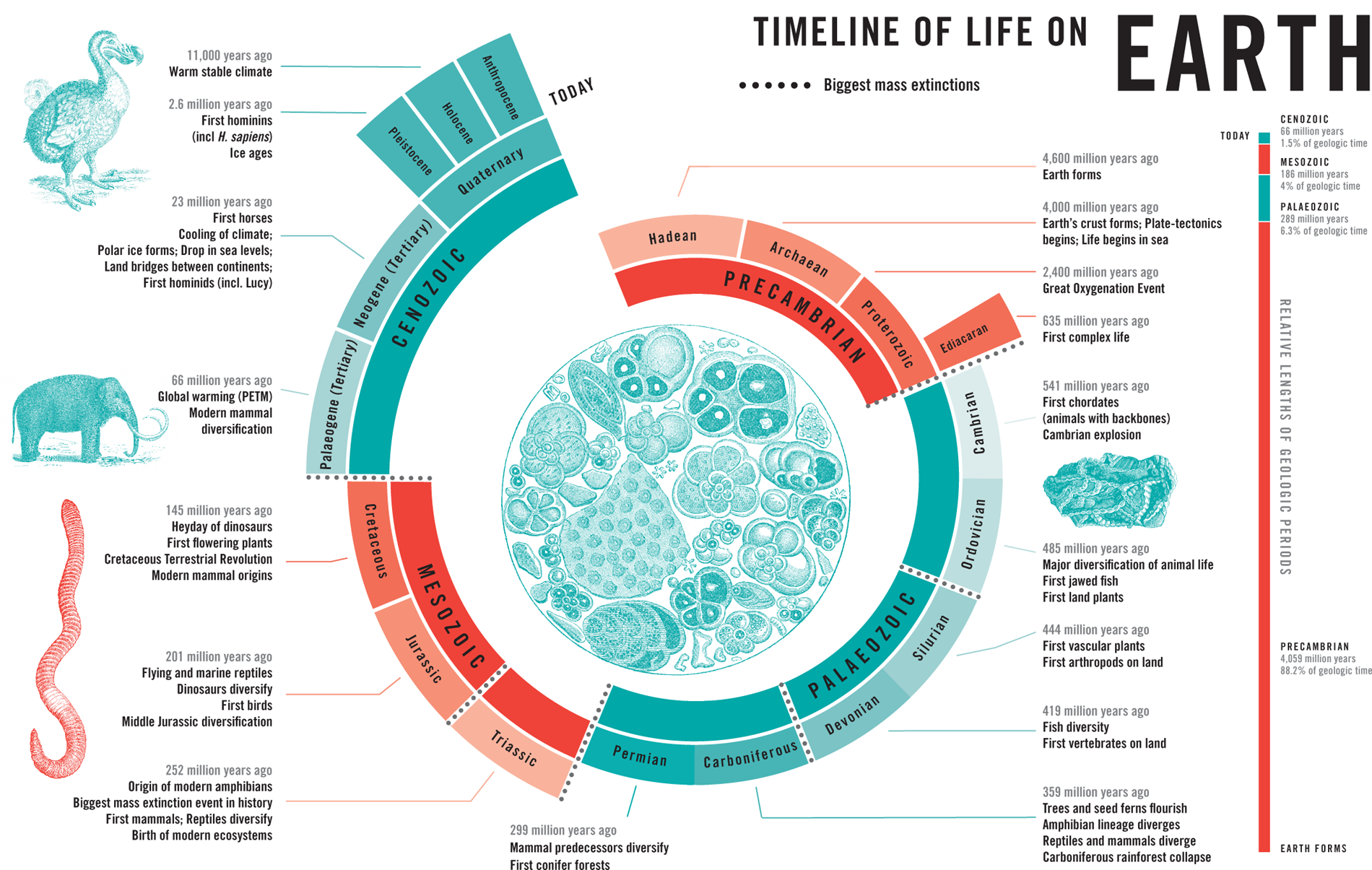
INTRODUCTION
DEEP TIME
Our planets lifespan is measured on a timescale too vast to comprehend. Centuries of studying rocks and fossils have allowed us to assemble the story of Earths history and development over millions of years. Humankind has long sought to understand the world by reading the landscape, but only in the last few hundred years have we grasped the awesome ways in which the surface of the planet has been created and re-arranged many times over, and how this shaped the path of life on Earth.
The Earth is made of rocks, from her molten heart to the tough skin of her surface. The study of rocks and fossils (geology and palaeontology) has given humankind an unparalleled glimpse into our planets formation, development and antiquity. Despite the information weve gleaned, however, comprehending geological time also known as deep time is difficult, as it reaches far beyond the realms of human experience.
Geologists study the composition, age and distribution of rocks. This has illuminated processes such as plate tectonics, climate change and the origins of life and evolution. The principles of geology are both deceptively simple and sneakily complex. In deep time, solid rock can flow like water and crumple like paper. New rocks form while others are swallowed again. Meanwhile, fossils are distributed unevenly not only in terms of where they are located, but also which particular slices of time are represented. Animals with skeletons fossilize more readily than those without. Putting this puzzle together began in earnest around three hundred years ago, but humankind has been trying to make sense of the world for much longer, from deciphering shells on mountaintops as evidence of ancient floods, to using mythology to interpret dinosaurian bones emerging from the desert sands of Mongolias Silk Road.
Geologic Timescale
The geological timescale is used to chart the timing of events through the Earths 4.6 billion-year lifespan. It is split into increasingly fine timescales, from eons to eras, to periods then ages. Most of these were named by European geologists and defined based on obvious changes they saw in layers of rock, such as a sudden transition from limestone to sandstone, or the appearance of new types of fossil not seen in older layers. As our understanding of the processes of geology has improved, the details of these time periods have been refined, and the dates are increasingly precise.
The modern timescale used by scientists is called the chronostratigraphic chart, and it combines information from multiple sources, including the dating of radioactive elements in rocks and fossils. Yet, despite all of the advances in technology, one of the key principles underlying the geologic timescale is still the study of fossil organisms, and how they appear, change and disappear through deep time.
Stories in the Rock
The first recorded discourse about rocks comes from Ancient Greece and Rome, where authors examined stones, metals and minerals, and recognized that the Earth had changed a great deal over time. Around 1000 CE, Persian and Chinese thinkers were using the composition of rocks to hypothesize about how landscapes were formed. Ibn Sina (9811037), one of the greatest polymaths of the Islamic world, recognized the incredible timescales necessary for rocks to be laid down and valleys gouged out. In China, Shen Kuo (103195) likewise saw these processes of erosion and deposition, and that the fossils of shellfish showed that parts of inland China must once have been under the sea.
One of the main figures in Western geological science is James Hutton (172697). Often dubbed the father of geology, he made the same observations about erosion and deposition as the great thinkers before him, realizing that these processes in the present day revealed the formation of rocks in the past. Hutton formulated new ideas about deep time, as well as recognizing that rock could be lifted, tilted and folded to create mountains, valleys and perplexing formations. This was the beginning of our modern understanding of geological processes.
Made of Many Layers
There are three main rock types on Earth: igneous, sedimentary and metamorphic. Igneous rocks come from below the Earths surface, being either spewed out in eruptions as lava, or solidifying beneath the surface from magma. Sedimentary rocks, on the other hand, accumulate on the surface of the planet, composed of pieces of eroded rocks and minerals, fossil organisms or chemical precipitates (such as carbonates). Metamorphic rocks begin life as igneous or sedimentary rocks, but are changed by being compressed or heated. Rock can be metamorphosed when it comes into direct contact with the intense heat of magma, or it can be folded, pressed and squeezed like putty. This often alters the chemistry of the rock, creating new textures and patterns as the minerals re-arrange themselves.
The most important principles in geology are tied intimately to understanding their great age. Rock layers lie one on top of the other, like tiers in a cake; the oldest layers on the bottom, becoming younger as you move to the surface. Fossils in the layers show changes in organisms over time, and index fossils species that exist only during distinct time periods can be used to date rocks. However, in deep time, layers can be tilted or folded, pushing older ones over younger. An example of this is the Moine Thrust along the northwest coast of Scotland. Layers can be also scoured away by rain and ice, creating gaps in the rock record. Volcanic activity shoots magma through existing rock layers like lightning bolts. Cracks in the Earths surface, fault lines and plate tectonics shift layers relative to one another, creating complex and confusing patterns. Interpreting these patterns is challenging, and they can only be understood when the vastness of the Earths lifespan is taken into account.
Restless Plates
Continental drift is part of the mechanism of plate tectonics, one of the most fundamental processes that shapes our planet. Although it appears as a solid coating, the Earths surface actually comprises plates of rock. There are around eight main plates and dozens of smaller ones, and they shift restlessly due to the boiling of the Earths molten core, churning beneath them. This heat creates convection currents that carry the plates, grinding them together and pulling them apart over millions of years. Depending on their thickness, plates slide under one another or fold and crush upwards to create mountain chains. Where plates meet and diverge, volcanos and earthquakes are frequent, as at the Ring of Fire around the edges of the Pacific.
Many of the larger plates contain an ancient core called a craton. These are the oldest pieces of the crust, some of them having formed over four billion years ago, shortly after the birth of the planet. By studying cratons, geologists have been able to piece together Earths formation. The shuffling of continents over the last 3.5 billion years and particularly since the emergence of complex life has had a heavy hand in the process of evolution, creating new habitats, opening and closing seas, redirecting the climate and isolating organisms from one another for millions of years.

